TRD Issue 73 - Briefing: Meta Ads Rumor Explained, CVS RMN Bet on Measurement, AI Creatives, Instacart Partnership, CPG Shelf-Stable Shift
Meta's AI ad tool sparks innovation and concern. CVS tackles measurement. Save Mart partners with Instacart. CPG brands shift to shelf-stable. Marketers urged to adapt amid ad challenges.

Hello Subscribers,
This week in TRD, we've seen some fascinating developments that highlight the industry's ongoing evolution and the increasing role of technology in shaping consumer experiences.
Meta is pushing the boundaries of AI in advertising, now allowing advertisers to generate entirely new images, not just backgrounds. This leap forward could revolutionize how brands create and personalize their ad content, but it also raises questions about potential misuse and the authenticity of product representation.
Meanwhile, CVS Media Exchange is tackling one of retail media's biggest challenges: measurement. By aligning with IAB/MRC standards, they hope to stand out in an increasingly crowded landscape and offer advertisers more transparent, reliable data on campaign performance.
In the grocery sector, Save Mart is deepening its partnership with Instacart, embracing a suite of in-store tech solutions. This move reflects the growing trend of traditional retailers adopting digital tools to enhance the shopping experience and compete in an omnichannel world.
We're also seeing a shift in product strategies, with many CPG brands turning to shelf-stable offerings to improve margins and expand sales. This pivot is partly driven by inflation pressures and the need to demonstrate a path to profitability.
Lastly, Eric Benjamin Seufert's piece "Write Two Letters" offers a thought-provoking look at how marketers respond to challenges regarding the late rumors that Temu’s investments in Meta Ads are impacting the performance of others, reminding us that adaptability is critical in this dynamic industry.
Other news:
- Why a Challenger Laundry Brand Used AI to Make Its Ads
- Amazon Is Hitting Pause on a Controversial New Fee Amid Seller Outrage
- Online Engagement Transforms Shoppers’ In-Store Expectations
- Coupang to Keep Investing Against Chinese Players Despite Loss
- [Infographic] Single Store Revenue Exceeds 10 Million! Pharmacies Become the Latest Battlefield for Technology, Understanding the Player Landscape at a Glance"
Happy reading!
The Retail Direct
About 91APP
Founded in 2013, 91APP is the premier OMO (online-merge-offline) SaaS company, providing one-stop omnichannel retail solutions in Taiwan, Hong Kong, and Malaysia. It offers advanced Commerce Solutions and Marketing Solutions that enable retail brands to penetrate the D2C (Direct-to-Consumer) e-commerce market and drive operational benefits to their full potential. In 2021, 91APP became the first SaaS company to be listed in Taiwan and has been named one of Taiwan's "NEXT BIG" companies by Startup Island TAIWAN.
For more information about 91APP (TWO: 6741), visit www.91app.com.
Marketing
“Write Two Letters”

Why it is important
- Marketing leaders must adapt to challenges rather than blame external factors.
- Understanding the real causes of advertising performance decline is crucial, and effective marketers should focus on solutions, not excuses.
What happened
- Persistent rumors claim Meta's advertising platform is experiencing issues due to Temu's ad spend and AI tool bugs.
- These claims are not supported by Meta's Q1 2024 financial results, which show 27% year-over-year growth in ad revenue.
- The article argues that marketers should focus on improving their strategies rather than blaming platform-wide issues.
Source: Mobile Dev Memo
CVS Media Exchange Bets on Solving the Measurement Gap to Stand Out in the Retail Media Landscape

Why it is important
- Measurement and attribution are crucial challenges in retail media advertising.
- Standardization of measurement practices can improve transparency and competitiveness.
- Specialized retail media networks can offer unique value to advertisers.
What happened
- CVS Media Exchange (CMX) announced improvements to its measurement capabilities.
- CMX aligned its practices with IAB/MRC retail media measurement standards.
- The company is focusing on both on-site and off-site advertising channels.
- CVS is leveraging its ExtraCare loyalty program data to provide consumer insights.
Source: Digiday
AI
Why a Challenger Laundry Brand Used AI to Make Its Ads
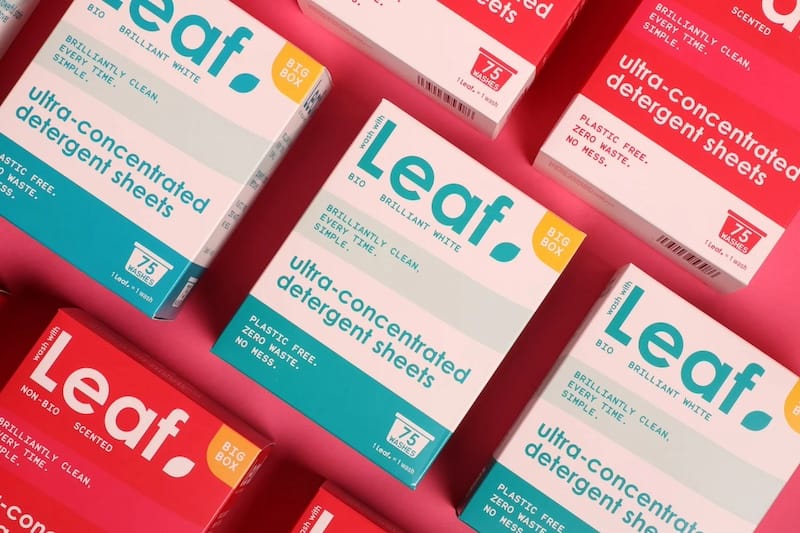
Why it is important
- AI is revolutionizing digital advertising strategies for challenger brands.
- AI-driven campaigns can provide valuable customer insights and improve targeting.
- Automated creative optimization can significantly boost sales and engagement.
What happened
- Leaf, a UK-based laundry brand, used AI platform AdSapiens for a digital ad campaign.
- The AI-driven campaign doubled Leaf's sales compared to the previous month.
- AdSapiens created targeted ads, optimized audience segments, and identified effective ad placements.
- The campaign provided insights into Leaf's customer demographics and preferences.
Source: Ad Exchanger
Meta’s AI Tools for Advertisers Can Now Create Full New Images, Not Just New Backgrounds

Why it is important
- AI is revolutionizing digital advertising by enabling more creative and tailored content.
- These tools could potentially be misused to misrepresent products.
- Meta is expanding its AI capabilities to maintain competitiveness in the advertising market.
What happened
- Meta introduced expanded generative AI tools for advertisers.
- New features include full image variations, not just background changes.
- Text overlay and image expansion capabilities were added.
- Meta Verified for businesses is expanding to new markets with tiered subscription plans.
Source: TechCrunch
Retail
Why California’s Largest Grocery Retailer is Partnering with Instacart
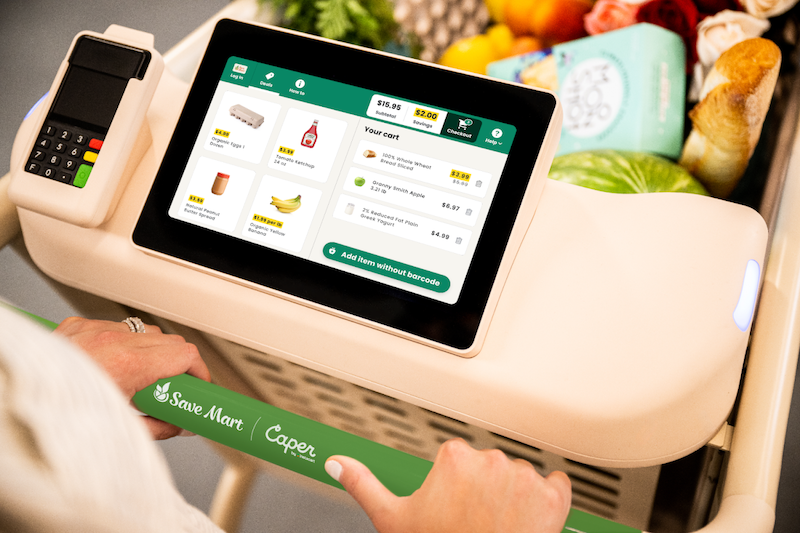
Why it is important
- Grocery retailers are investing in technology to enhance in-store experiences.
- Partnerships between tech companies and grocers are shaping the future of retail.
- Balancing online and in-store shopping experiences is crucial for modern retailers.
What happened
- Instacart expanded its partnership with The Save Mart Companies.
- Save Mart is implementing Instacart's in-store grocery tech, including AI-powered smart carts.
- The partnership aims to improve customer experience and increase sales.
- Instacart is diversifying its business beyond grocery delivery to include in-store technology and advertising.
Source: Modern Retail
CPG Brands See Shelf-Stable Products as the Ticket to Better Margins and Bigger Sales
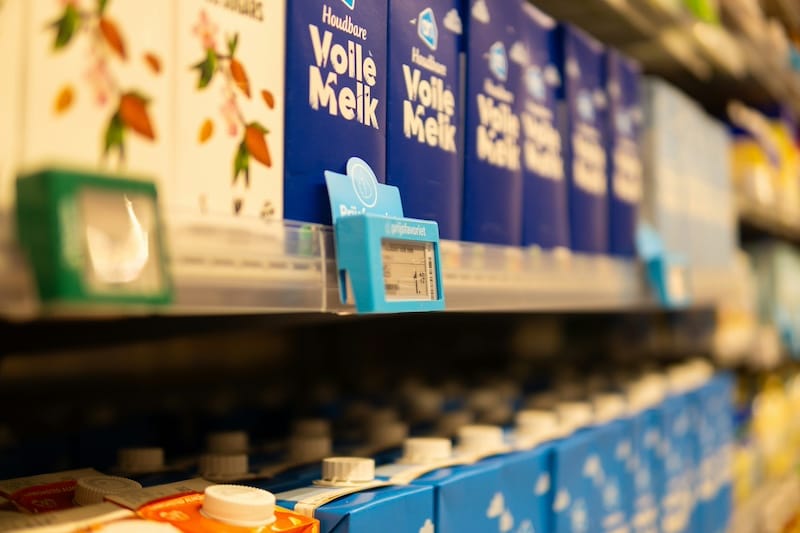
Why it is important
- CPG brands seek ways to improve profitability amid inflation and shelf-stable products offer better margins and simplified supply chains.
- Diversifying product lines can help brands reach new customers and retail channels.
What happened
- Several food and beverage brands are launching shelf-stable product lines.
Source: Modern Retail
e-Commerce
Amazon Is Hitting Pause on a Controversial New Fee Amid Seller Outrage
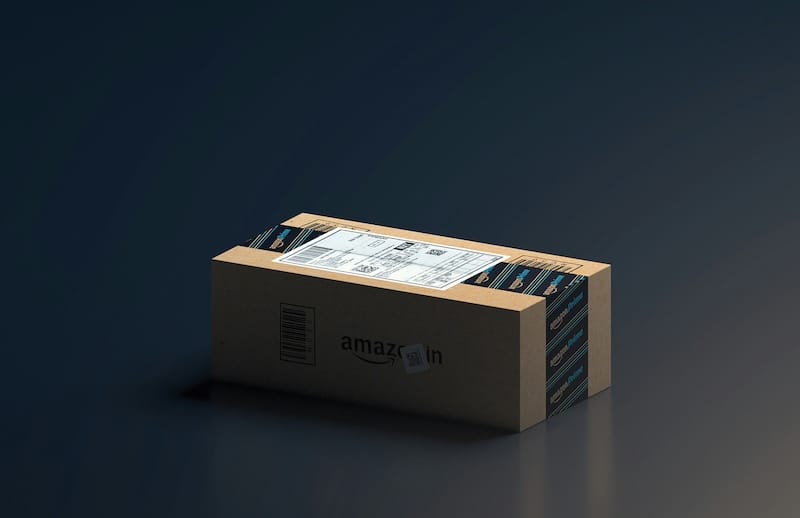
Why it is important
- Amazon's fee changes impact seller profitability and product pricing.
- The controversy highlights tensions between Amazon and its merchant partners.
- Fee structures influence Amazon's competitive position in e-commerce.
What happened
- Amazon extended the grace period for its new low-inventory fee until May 14.
- The company made amendments to the fee structure based on seller feedback.
- Sellers express frustration over the lack of guidance on inventory management.
- The fee changes are part of Amazon's broader strategy to boost profits and stay competitive.
Source: Modern Retail
Online Engagement Transforms Shoppers’ In-Store Expectations
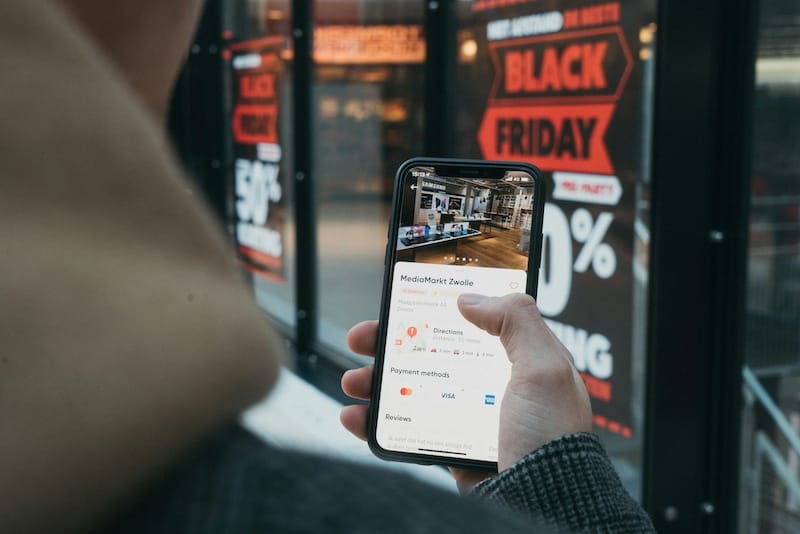
Why it is important
- Digital engagement is shaping consumers' in-store expectations.
- Retailers need to integrate online and offline experiences to meet customer demands.
- Personalization is becoming increasingly important in retail strategies.
What happened
- About 1 in 3 shoppers use digital tools and physical stores in their purchasing journey.
- Retailers are using data analytics and AI to deliver personalized shopping experiences.
- Many consumers expect digital coupons to be available for in-store and online shopping.
- Some retailers are integrating digital screens in-store to bridge the gap between online and offline shopping.
Source: PYMNTS
Asia
Coupang to Keep Investing Against Chinese Players Despite Loss

Why it is important
- Coupang's strategy to invest heavily despite losses shows the intensity of competition in e-commerce.
- The rise of Chinese e-commerce players in South Korea is reshaping the market landscape.
- Coupang's acquisition of Farfetch demonstrates its ambition to expand into luxury e-commerce.
What happened
- Coupang reported a net loss of $24 million in Q1 2024, its first quarterly loss since Q3 2022, and was largely attributed to the acquisition of the luxury e-commerce platform Farfetch.
- Despite losses, Coupang plans to continue investing billions in improving delivery infrastructure, while Chinese e-commerce giants AliExpress and Temu are rapidly gaining market share in South Korea.
- Coupang is expanding into new markets and services to sustain growth.
Source: KED Global
[Infographic] Single Store Revenue Exceeds 10 Million! Pharmacies Become the Latest Battlefield for Technology, Understanding the Player Landscape at a Glance
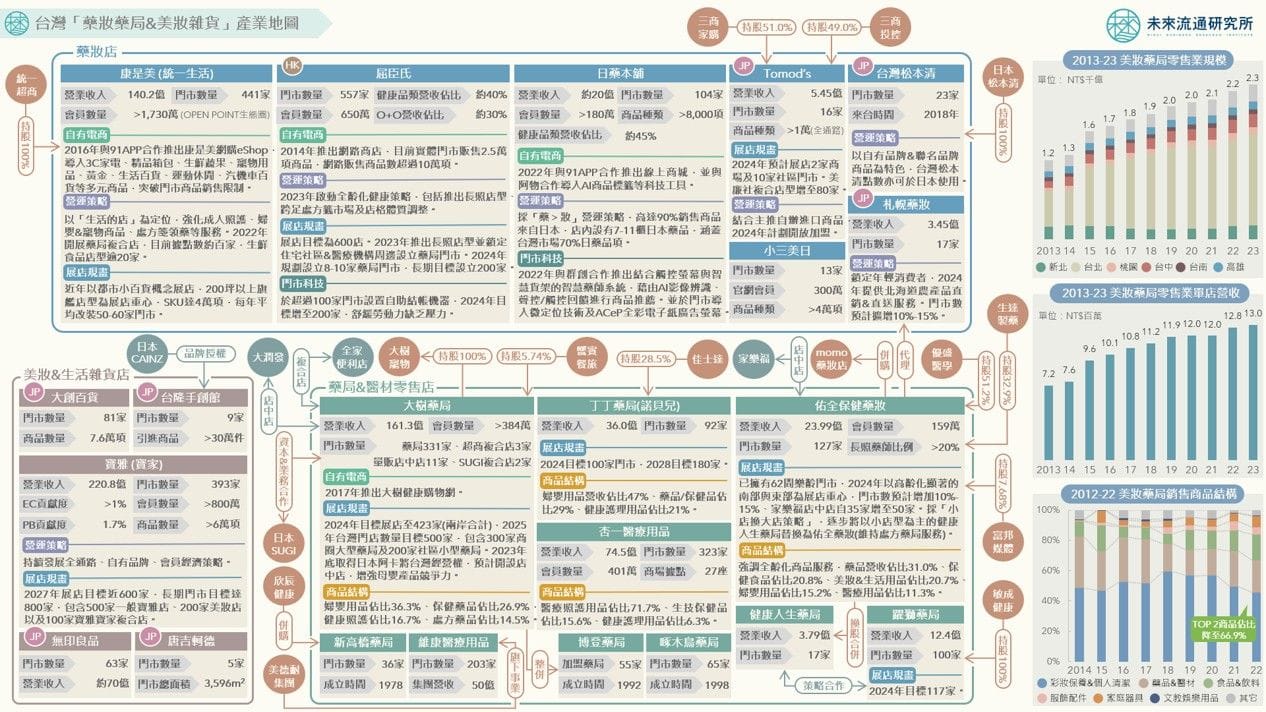
Why it is important
- Taiwan's aging population is driving growth in the pharmacy and beauty retail sector.
- The industry is transforming with digitalization and diversification of product offerings.
- Major players are consolidating through M&As, reshaping the competitive landscape.
What happened
- Taiwan's pharmacy and beauty retail industry grew 95.6% from 2013 to 2023, reaching NT$230.5 billion ($7.1 billion).
- Average revenue per store increased from NT$7.195 million to NT$13.023 million ($0.22 to US$0.4 million).
- Major chains are diversifying product offerings beyond traditional pharmaceuticals and cosmetics.
- Companies are investing in digital technologies like AI and automation to address labor shortages.
Source: Business Next





Comments ()